It’s probably time to start furnace shopping when you begin asking, “How long does a furnace last?” Chances are your furnace is outdated or showing signs of an imminent breakdown. The last thing you want is your furnace to give out in the dead of winter.
A new furnace is a significant investment, but furnaces also play a big role in your home’s comfort level. Understanding the factors that influence furnace lifespan and recognizing the signs that your furnace should be replaced is crucial to making wise decisions.
How Long Do Furnaces Last?
The average lifespan of furnaces is 15 - 20 years. However, lifespans vary among the different types of furnaces. Gas furnaces last 15 - 20 years, boilers last 15 - 30 years, heat pumps last about 15 years, and electric furnaces last 20 - 30 years.
Consider replacing your furnace with a high-efficiency unit if it’s more than 15 years old. Furnaces with the ENERGY STAR logo are typically 15% more efficient than standard furnaces, which results in energy-cost savings for you.

Find the Ideal Furnace for Your Home: View Our Products
Factors that Affect Furnace Lifespan
Furnace lifespan is affected by furnace size, installation, maintenance, and thermostat settings.
Signs Your Furnace Needs To Be Replaced
These ten signs indicate your furnace needs to be replaced:
- Old age
- Uneven temperatures
- Strange noises
- Dust, dirt, or soot accumulation
- Excessive moisture
- Water leaks
- Increased energy bills
- Incorrect burner flame color
- Starting and stopping
- Frequent repairs
1. Age
Furnaces typically last 15 - 20 years, although some electric furnaces can last 20 -30 years. A furnace older than 15 years is generally nearing the end of its life and should be replaced soon. Old furnaces are less energy efficient and more expensive to run.
2. Uneven Temperatures
Have you noticed that some rooms feel colder than others? Furnaces lose efficiency as they age. Your furnace might struggle to produce or distribute heat to the entire house.
3. Strange Noises
Furnaces make some normal operational sounds, but some noises indicate furnace issues.
Popping: Popping is a typical sound when temperature fluctuations cause it and expanding and contracting metal in the ducts. However, popping noises can also indicate dirty burners that should be cleaned.
Rattling: Rattling might indicate broken or loose parts, such as a bolt, panel, ductwork connection, burner, or fan belt.
A rattling noise at the beginning of the heating cycle might be a sign of a cracked furnace heat exchanger, the worst-case scenario. Heat exchanger replacement is costly, so many people opt to replace the furnace. Immediately call an HVAC professional; a cracked furnace heat exchanger is a leading cause of carbon monoxide poisoning.
Screeching: A screeching or squealing noise might indicate a worn belt or bearings in the fan motor. The motor will eventually overheat if the bearings aren’t lubricated or replaced.
A whistling noise signals furnace air flow issues due to a clogged filter, closed or obstructed vents, or a damaged duct. Open all the vents and change the filter to see if the sound goes away.
Humming: Humming or buzzing often indicates electrical issues related to the blower motor, capacitor, inducer motor, or transformer. Electrical problems require professional help.
Clicking: Clicking, like rattling, is a noise that might be caused by a cracked heat exchanger. Call a professional technician immediately.
Booming: A boom or bang at the beginning of the heating cycle can mean delayed burner ignition. During regular operation, the gas is immediately ignited when the furnace's gas valve opens. When the ignition is delayed, the gas builds up in the combustion chamber. A small explosion occurs when the burners finally ignite. This small blast should not pose any immediate danger, but a professional should inspect the furnace. A defective ignitor, weak pilot flame, burner malfunction, or low gas pressure can cause delayed ignition.
4. Dust, Dirt or Soot Accumulation
Dust, dirt, or soot accumulates around the heat registers when the furnace produces excessive carbon dioxide. Call a professional to inspect your furnace.
5. Excessive Moisture
Condensation on windows, walls, and ceilings can be caused by airflow issues related to the ducts, vents, or the furnace. Condensation can also indicate the whole house humidifier is set too high or that installing a whole house dehumidifier is necessary.
6. Water Leaks
A furnace leaking water likely indicates a clogged or broken condensate line. High-efficiency furnaces produce condensation during operation that usually drains away through the condensate line. Clogged and broken lines can be easily remedied, but water from the furnace can also indicate a serious issue like a cracked heat exchanger.
7. Increased Energy Bills
A rise in energy bills can occur from frigid temperatures or a dirty air filter. High energy bills can also reveal that the furnace is old or worn out and struggling to heat your home.
8. Burner Flame Color
The flames in a gas furnace should be blue. Dirty burners, improper combustion, or a gas leak can cause yellow flames. Deadly carbon monoxide might be leaking into your home.
9. Start and Stop
The fan motor might be dying if your furnace repeatedly starts up and cuts off. A dirty or faulty furnace flame sensor can also cause short cycling. Flame sensors are easy to clean or replace yourself.
10. Frequent Repairs
Multiple furnace repairs within a few years reveal that the furnace is failing and a significant repair or breakdown is imminent. It’s best to replace your furnace if a repair costs more than half the cost of a new furnace.

Find the Ideal Furnace for Your Home: View Our Products
Conclusion
Furnaces last an average of 15 - 20 years. Prolong your furnace’s life by ensuring it’s properly sized, installed, and maintained and adjusting your thermostat to keep it from working overtime. If your furnace is older than 15 years or you see signs that a breakdown is imminent, have your furnace inspected by an HVAC technician who can better apprise you of the situation. In the meantime, start furnace shopping, so you’re prepared when the furnace eventually needs to be replaced.


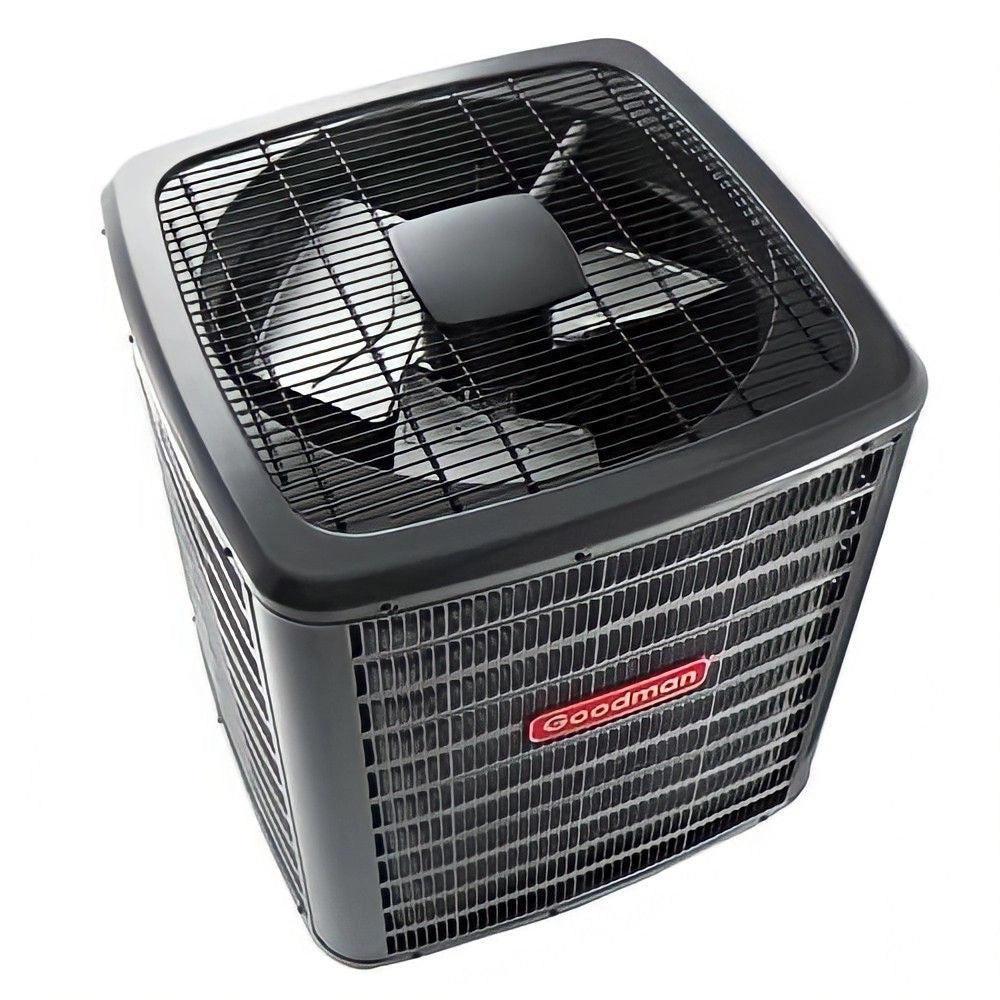
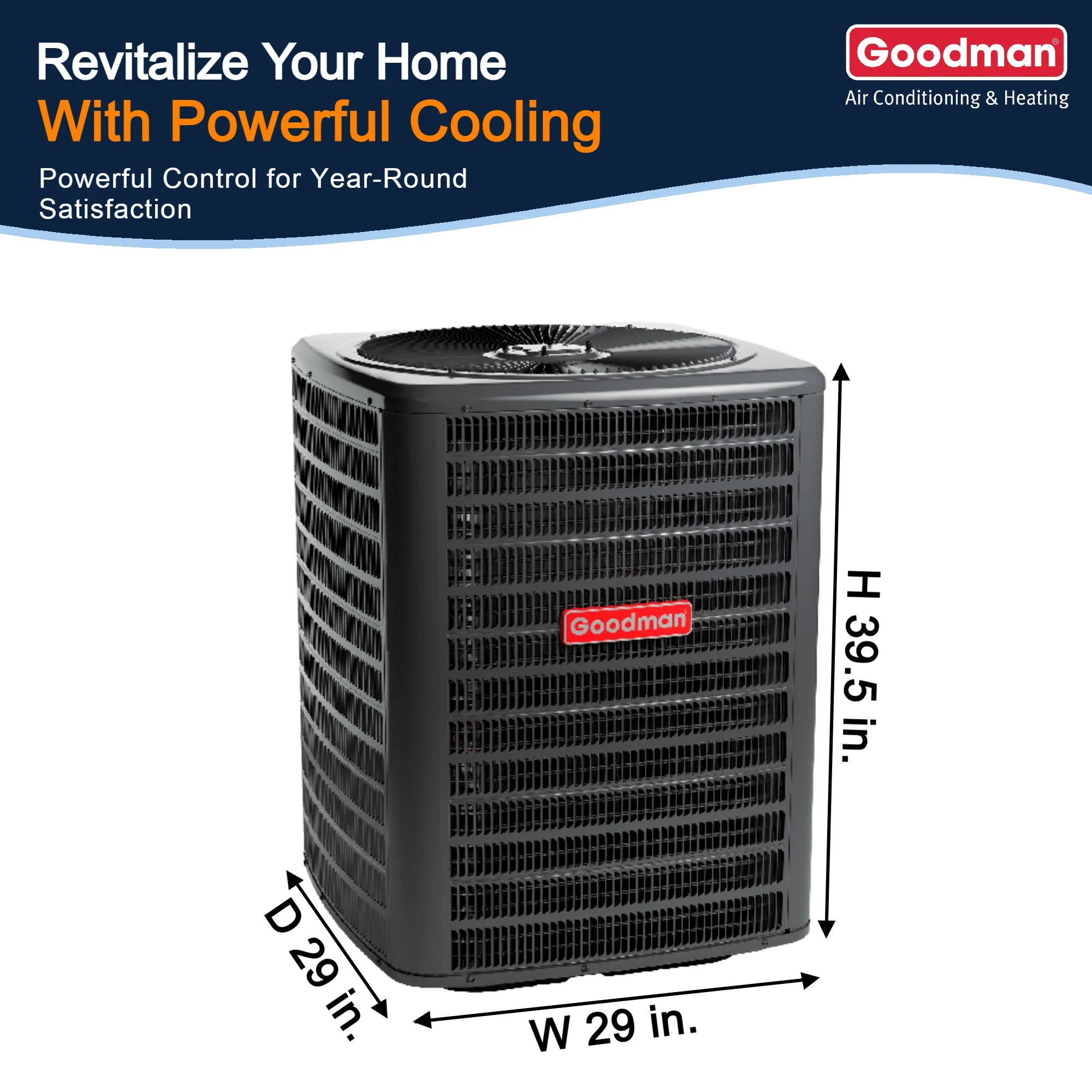
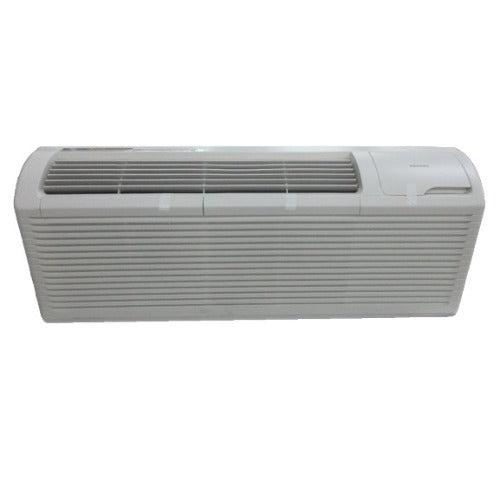
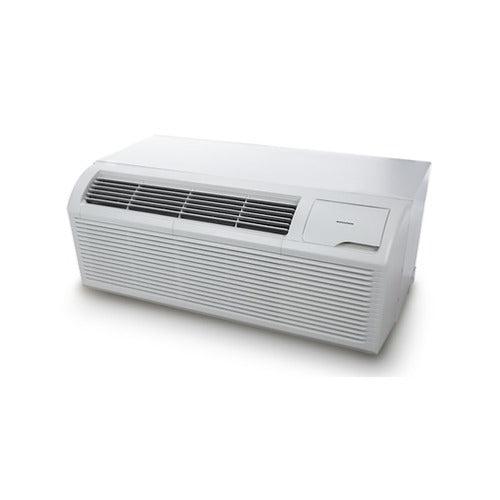
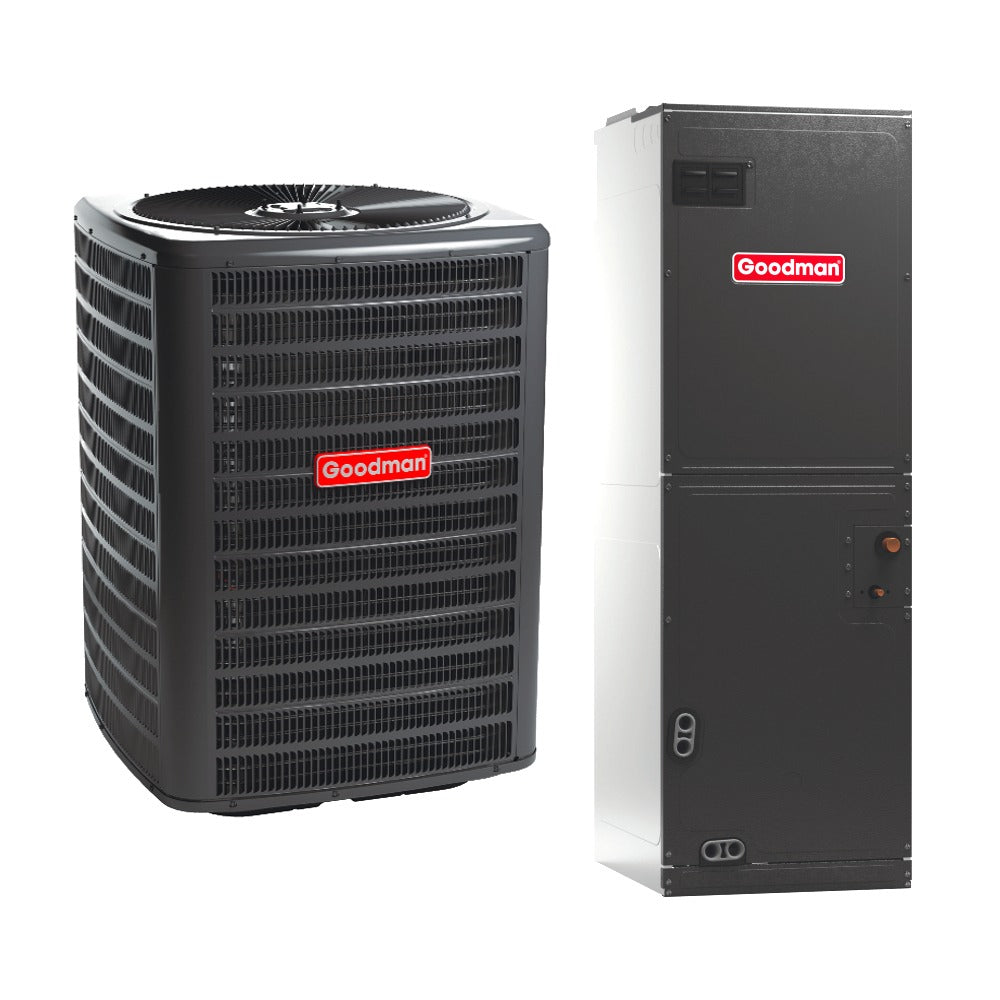
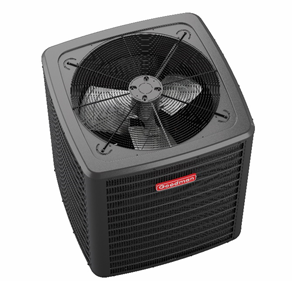
6 comments
Katie
My furnace is 75 years old. From Montgomery Ward. Still works great.
Victoria Addington
Thank you for reminding me that it’s best to get it checked by an expert if you hear strange noises, like clocking noises. As you mentioned, a damaged heat exchanger could be the source of a clicking noise that sounds like rattling. Getting a professional to check it is essential to making sure that it would be handled safely because this might cause more issues. Thank you for sharing, I’ll make sure to let my friends and family know about this for their furnaces!
https://www.dr-hvac.com/furnace-replacement
Henry Killingsworth
It stood out to me when you mentioned that furnaces last an average of 15 – 20 years. I would imagine that it would be better to replace your furnace rather than pay for repairs when it is getting older. Replacing your furnace would be cheaper because you wouldn’t have to pay for repairs a bunch of different times. https://www.centuryheatingpdx.com/furnace-repair
Elina Brooks
Thank you for letting us know that a rise in energy bills can indicate that the furnace is struggling to heat our home properly. I noticed the increase at the end of winter, so I was thinking of having our furnace serviced soon. I’ll be sure to take note of this for future purposes while I look for an HVAC contractor to call for maintenance soon. http://climate-tech.com/heating/
Eve Mitchell
It’s good to know that a leaky furnace can indicate a clogged condensate. My husband and I noticed that our furnace had a small puddle of water underneath it, and I think it’s leaking. I’ll call an HVAC specialist this week to see if it needs to be repaired or replaced. http://www.washamplumbing.com/Services.html
Olivia Smart
Thank you for explaining that you should look into getting your furnace replaced if you notice that you have higher energy bills than normal. My sister has been thinking that something may be wrong with her furnace over the last few days. I wonder if this was one of the things that tipped her off to begin with. http://kenadamsmechanical.com